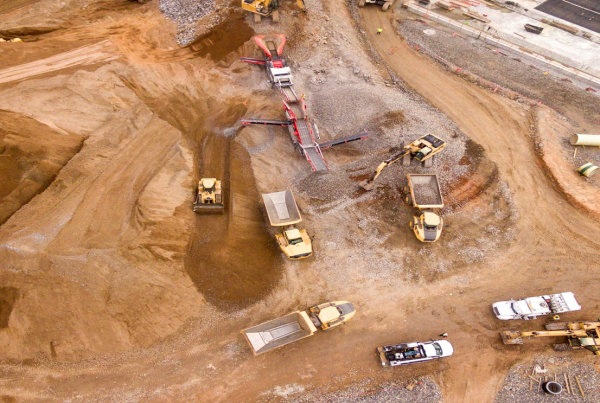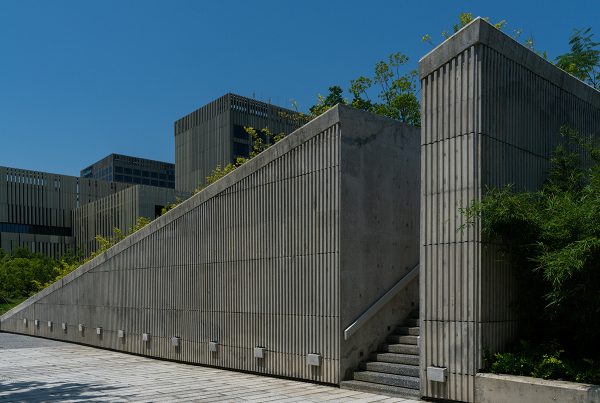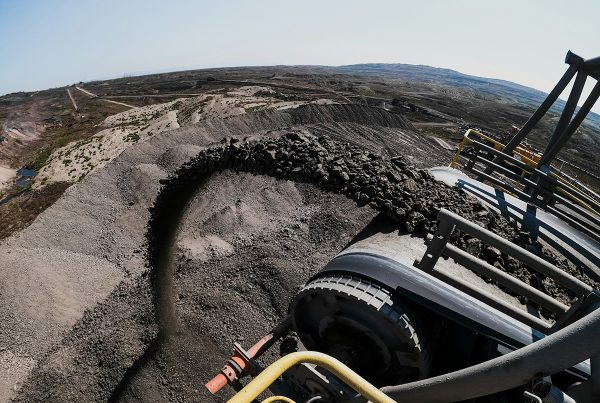Taken from: South China Morning Post (Wednesday, July 29, 2015)
China’s green building push gains momentum
Cheap and quick is no longer the main criterion for new buildings, which account for about a third of energy consumption on the mainland. Instead, with greenhouse gas emissions expected to peak in China by 2030, a small but growing group of developers are eyeing the long-term revenues and energy savings resulting from greener and healthier construction.
In 2006, China released its three-star rating system on green buildings, which has since been updated. It covers environmentally friendly and energy-efficient construction from the design stage to the operational phase.
«The demand for certification [on the mainland] is very strong,» said Alessandro Bisagni, the founder of consultancy Bisagni Environmental Enterprises.
Unlike the more widely used US LEED certification system, China’s rating shows a preference for design over building operations, according to consultancy CBRE.
So-called green buildings only account for 1 per cent of existing buildings on the mainland. Still, the pace of expansion is considered trailblazing. China has also become the largest overseas market for LEED certifications on new and old building projects, according to the US Green Building Council.
The number of certified green buildings under the Green Building Evaluation Standard now exceeds 2,600, more than 85 per cent of which were completed after 2012, government statistics show.
The rapid growth of such buildings is mostly policy-driven. Last year, the State Council announced its plan to increase the proportion of urban green buildings in new construction projects from the 2012 level of 2 per cent to 50 per cent in 2020. Some local governments plan to enforce the policy even more keenly than the central government. One example is Jiangsu province, which ranks No1 in the number of certified green building projects nationwide, ahead of the municipalities of Beijing and Shanghai where big developers like China Vanke, Soho China and China Wanda are already active in the green market.
«The rationale behind this rising trend is for a better competitive edge through mixed green building approaches in return for more revenue and cost savings in the long run,» said Stephen Tam, a senior director of asset services at CBRE China.
CBRE’s research shows developers are likely to see higher rentals and occupancy growth on certified green buildings than non-certified ones because the cost of materials and construction – partly offset by the government subsidies and tax schemes – is going down.
Still, some believe the biggest driver for the growth trend in green construction in China will come from the grass-roots themselves – people who live and work inside the buildings – since they will have a better understanding of the relationship between environment and personal health, especially since more accessible data on air quality is now available.
«The shift now is towards healthy buildings,» said Shanghai-based architect Raefer Wallis. «It is about making sure my office isn’t making me sick, making sure my child’s school is protecting him or her from PM 2.5 [particulate matter] and chemical off-gassing.»
While that poses a challenge to the design of green buildings, it is even more challenging when it comes to building operations because even a LEED-certified block can produce a toxic indoors air environment, which is invisible to the occupants without real-time monitoring after construction has finished.
To address these challenges, the Green Building Evaluation Standard offers two types of certifications – design and operation labels. However, only 6 per cent of all certified green building projects on the mainland have received operation certification labels, according to Green Building Map, a website that tracks official data. In other words, for more than 90 per cent of certified buildings it is not known whether they are performing to green standards as they were designed to.
But field specialists say the lack of operation management is a common problem for green buildings globally, and it is rare for such a building to perform exactly as it is designed to, notwithstanding the difficulty in measuring performance. Rather, what is urgently needed is more data collected from operating buildings to help plug that gap.
«We need more feedback from the buildings. We need to connect buildings to people,» said Wallis. «That is by far the most important thing we need to do because the moment we connect green buildings to people, it becomes personal and powerful. And once they are connected, people are going to educate themselves.»
Sidney Leng (sidney.leng@scmp.com)












